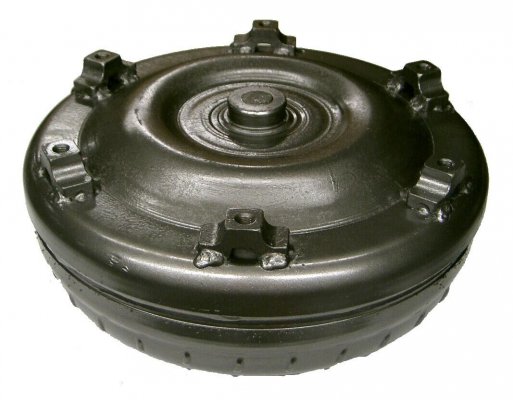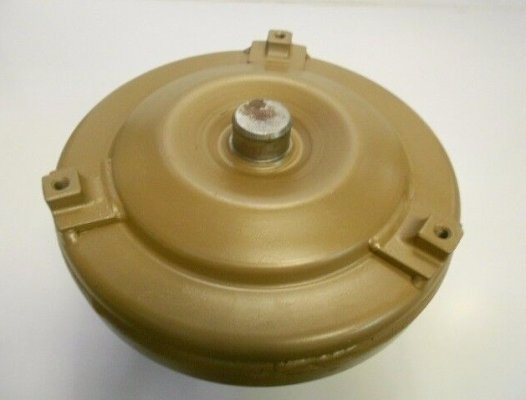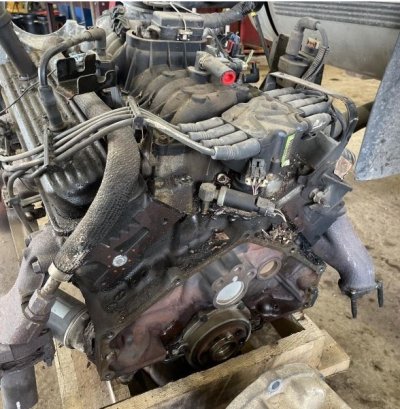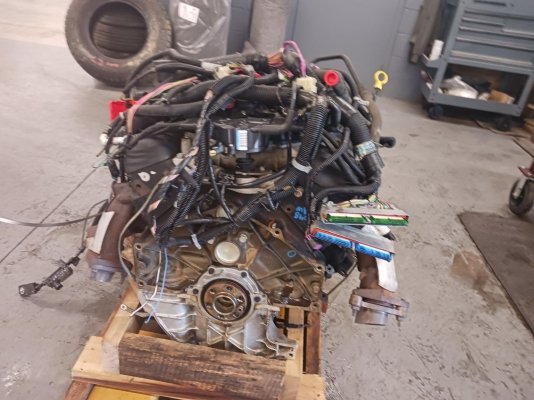thanks for writing this up. i'm considering this for my tahoe and can't seem to figure out how things worked out with the bellhousing/flywheel/converter combination.
i'm still trying to figure out what works with what so bear with me.
so the short of it as i understand (maybe i'm wrong) is the ls style transmissions including the 4l60e (and 6l80e i think) have a longer pilot on the torque converter (compared to the l31 transmissions) where it centers into the back of the crankshaft. this works on the ls motors because the rear crank flange is shorter. (in both cases the flywheel ends up in the same place relative to the bellhousing flange by using a flat flexplate for the l31 and dished flexplate for the ls) there's a good write up on this here
Automatic Transmission - All about Flexplates, Converters, Transmissions and Spacers - When installing a different (non-stock) transmission there is often confusion over what flexplate to use and whether a spacer is needed. When swapping an LS engine into a custom Hotrod, there is even more...
ls1tech.com
on gen1 converters, the pilot extends about 0.25" past the flexplate bolt flanges
on gen3/4 converters, the pilot extends about 0.60" past the bolt flanges
so when using an ls 4l60e or 6l80e behind a gen1 motor l31 i would think the converter pilot would bottom out on the crank flange before the bellhousing touches the back of the block. there are kits for mounting an ls trans behind a gen1 block and they have 0.400" spacers for the bellhousing flange and flexplate to converter flanges.
so why did this not happen in your case? i see there was a lot of clearance between the flexplate/converter bolt flanges, but was there any play where you could move the converter back and forth? i would be worried it is pushing against the back of the crank and would wipe out the thrust bearing or the trans pump...
what am i missing?
attached pics of a 4l80e gen1 converter vs 6l80e converter to show the difference in pilot lengths





